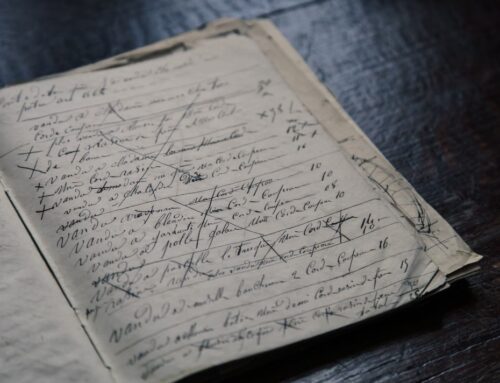A lot of my students get really stuck when it comes to talking about writing ‘style’. They also have no idea how to create it in their own writing. At first, it’s a tricky word to understand. But it is also crucial for anyone aiming for a high grade in English Language exams, as well as those trying to achieve complexity and sophistication in their writing — both in stories (fiction) and practical texts (nonfiction).
If you’re here because you’re studying English Language, bear in mind that it is almost impossible to get an A or A* grade on most exam boards without cultivating a good writing style. Click here if you need help with understanding and creating ‘Tone’ in Fiction and Nonfiction.
This page is tailored towards students at KS3/GCSE / IGCSE / AS and A Level (8th-12th Grade). However, it’s useful for anyone studying English and Writing at any intermediate or advanced level, particularly with the following exam boards: AQA, Edexcel, CCEA, CIE / Cambridge, OCR, WJEC / Eduqas.
Thanks for reading! If you find this page useful, you can take a look at our full Advanced Descriptive Writing course.
What Is Writing Style?
- The overall impression/feeling of your writing.
- Similar to style in visual fields — fashion, art, architecture. Part of the creative expression of the text.
- Both fiction (stories) and non-fiction (articles, blogs, speeches, letters, diary entries, etc) have a specific style.
- The style you choose shows personality and identity, it reveals your grammatical knowledge and vocabulary.
- Style can be direct or indirect — you can use words that create a specific style, but it also comes from the sentence length (syntax), punctuation, paragraph structuring, and language techniques that you use. The best writers will create a style that is specific to them, using elements of all of these things.
- You need to actively work on creating your own personal style if you want to write effectively. Try to think of your personality and how you would like that to come across through the words you use and the way that you write.
- Practise adapting your style to suit different purposes and text types. For a speech, you might adopt a crisp, rhetorical, and argumentative style, whereas for a story you might try to be more poetic, euphuistic, and verbose.
Words to describe style:
- Formal *
- Informal *
- Modern
- Contemporary
- Old Fashioned
- Baroque
- Minimalistic
- Exaggerated
- Pompous *
- Academic *
- Traditional
- Colloquial
- Oracular
- Compelling
- Reticent *
- Poetic
- Eloquent
- Articulate
- Verbose
- Loquacious
- Crisp
- Concise
- Sparse
- Economical
- Epigrammatic
- Epistolary
- Euphemistic
- Dysphemistic
- Incisive *
- Persuasive *
- Expository
- Dramatic
- Euphuistic
- Prolix
- Idiomatic
- Journalistic
- Literary
- Lyrical
- Polemical *
- Portentous *
- Rhetorical
- Succinct
- Flat
- Halting
- Oratorical
- Forceful *
- Argumentative *
- Flowery
* The words marked with an asterisk can also be used to describe tone.
WRITING TASKS:
- Learn all of the words above — make a note of any that suit you and your preferred writing style(s).
- Choose 3 styles from the list above. Try to write a paragraph for each word that creates a sense of the correct style.
- Read a page of one of your favourite texts — it can be a speech, a passage from a book, an article, or a work of nonfiction. Write 2 PEE paragraphs that analyse the style of this text in detail, using quotations and analysis to back up your opinions.
Thanks for reading! If you find this page useful, you can take a look at our full Advanced Descriptive Writing course.












